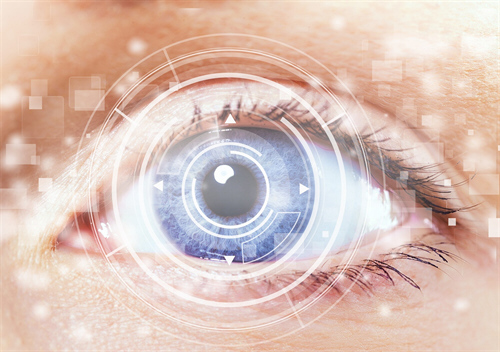What Is a Cataract?
A cataract is a clouding of the lens in the eye. When vision becomes dim or blurred, then light can’t pass through the clouded lens to the retina in the back of the eye. This process sends signals via optic nerves to the brain, which in turn are interpreted into images.
The lens is a clear body behind the iris, otherwise known as the colored part of the eye. The lens’ job is to bend light rays, transmitting a clear image towards the back of the eye, i.e. the retina. Since the lens is elastic, it changes shape and becomes fatter for objects close by and gets thinner when looking at objects in the distance.
What Causes a Cataract?
While cataracts can happen any time and at any age, they are most often the result of a lack of antioxidants within the diet that would otherwise counteract any free radical damage that occurs in the eye. Young people in particular may develop a cataract because of an injury, certain drugs, or long-standing inflammation in the form of illnesses like diabetes, the latter of which is subject to extra free radical damage due to high glucose levels.




